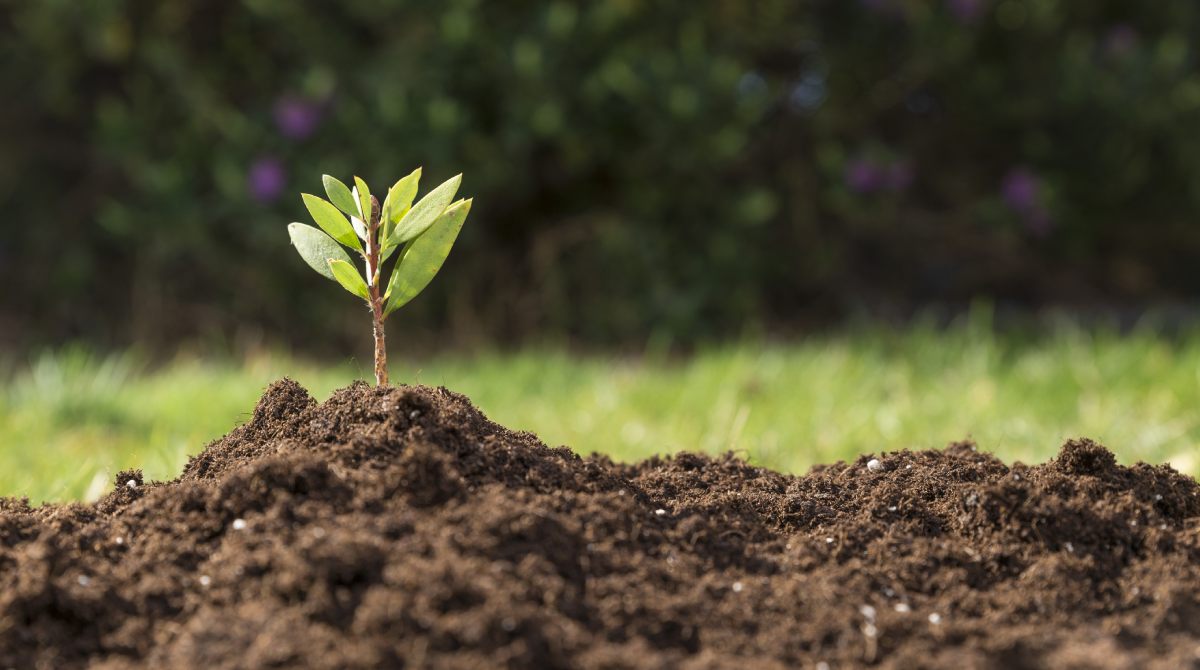Fertilizing trees is essential for maintaining their health, enhancing their growth, and ensuring their long-term vitality. However, improper fertilization can lead to wasted resources, environmental harm, and even damage to the tree itself. This guide provides a step-by-step approach to fertilizing trees correctly, empowering gardeners to meet their trees’ nutritional needs effectively.

Understanding a Tree’s Root System
Before applying fertilizer, it’s important to understand how a tree’s root system works. Contrary to common belief, most of a tree’s absorbing roots are not concentrated near the base of the trunk. Instead, these roots extend outward beneath the canopy, often spreading well beyond the drip line. These fine, fibrous roots, equipped with tiny root hairs, play a critical role in absorbing water and nutrients from the soil.
Step 1: Assessing the Need for Fertilization
Soil Testing
- Start with a soil test to identify the nutrient composition of the soil. This will reveal any deficiencies and help you select an appropriate fertilizer.
- Soil tests can often be done through local agricultural extension services or with at-home testing kits.
Observation
- Watch for signs of nutrient deficiencies, including:
- Yellowing or pale leaves (chlorosis).
- Stunted growth or sparse foliage.
- Premature leaf drop.
Step 2: Choosing the Right Fertilizer
Type
- Select a slow-release, granular fertilizer. Slow-release formulas provide nutrients gradually, reducing the risk of over-fertilization.
Formula
- A balanced N-P-K (Nitrogen-Phosphorus-Potassium) fertilizer is suitable for most trees. However, if soil tests indicate a specific deficiency, choose a fertilizer tailored to address that need.
Step 3: Proper Fertilization Techniques
Where to Apply
- Spread fertilizer over the root zone, focusing on the area under the tree’s canopy and slightly beyond the drip line. Avoid placing fertilizer directly around the trunk, as this can cause harm.
How to Apply
- Broadcast Method: Evenly scatter the fertilizer across the root zone.
- Fertilizer Wells: For better nutrient absorption, dig shallow holes (4–6 inches deep) around the drip line and place fertilizer into them.
Watering
- After fertilizing, water the area thoroughly to help the nutrients reach the root zone.
- Prevent water from pooling around the trunk by using mulch or a soil barrier.
Additional Tips for Healthy Trees
Watering Practices
- Keep water away from the tree trunk to prevent rot and disease.
- Ensure proper soil drainage to avoid waterlogging, which can suffocate roots and lead to root rot.
- In hot or dry conditions, water deeply but in intervals to avoid overhydration.
Improving Oxygen Levels
- Adding a small amount of hydrogen peroxide to irrigation water can help aerate the soil, improving oxygen availability for the roots.
Fertilizing trees isn’t just about feeding them—it’s about delivering nutrients in a way that aligns with their natural growth processes. By understanding a tree’s root system, choosing the right fertilizer, and applying it properly, gardeners can foster healthy, resilient trees. With thoughtful care, you can create a thriving environment for your trees to flourish.
